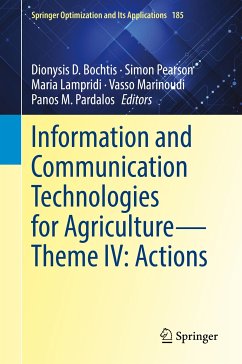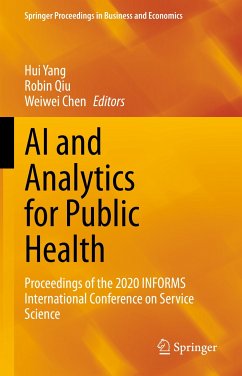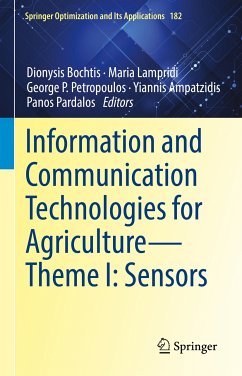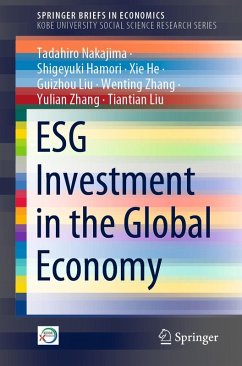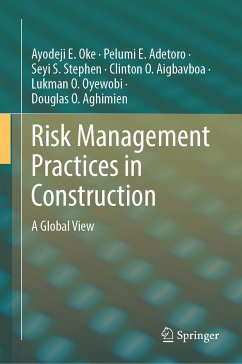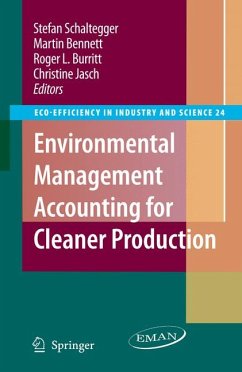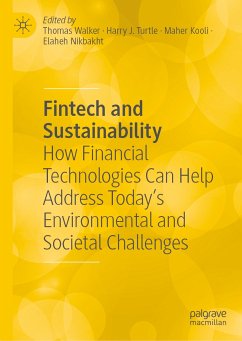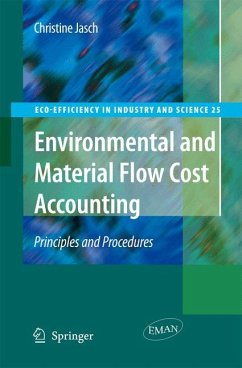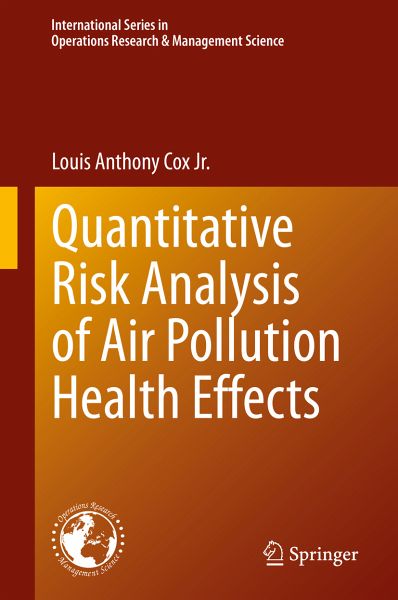
Quantitative Risk Analysis of Air Pollution Health Effects (eBook, PDF)
Versandkostenfrei!
Sofort per Download lieferbar
Statt: 149,79 €**
104,95 €
inkl. MwSt.
**Preis der gedruckten Ausgabe (Gebundenes Buch)
Alle Infos zum eBook verschenkenWeitere Ausgaben:

PAYBACK Punkte
52 °P sammeln!
This book highlights quantitative risk assessment and modeling methods for assessing health risks caused by air pollution, as well as characterizing and communicating remaining uncertainties. It shows how to apply modern data science, artificial intelligence and machine learning, causal analytics, mathematical modeling, and risk analysis to better quantify human health risks caused by environmental and occupational exposures to air pollutants. The adverse health effects that are caused by air pollution, and preventable by reducing it, instead of merely being statistically associated with expos...
This book highlights quantitative risk assessment and modeling methods for assessing health risks caused by air pollution, as well as characterizing and communicating remaining uncertainties. It shows how to apply modern data science, artificial intelligence and machine learning, causal analytics, mathematical modeling, and risk analysis to better quantify human health risks caused by environmental and occupational exposures to air pollutants. The adverse health effects that are caused by air pollution, and preventable by reducing it, instead of merely being statistically associated with exposure to air pollution (and with other many conditions, from cold weather to low income) have proved to be difficult to quantify with high precision and confidence, largely because correlation is not causation. This book shows how to use recent advances in causal analytics and risk analysis to determine more accurately how reducing exposures affects human health risks.
Quantitative Risk Analysis of Air Pollution Health Effects is divided into three parts. Part I focuses mainly on quantitative simulation modelling of biological responses to exposures and resulting health risks. It considers occupational risks from asbestos and crystalline silica as examples, showing how dynamic simulation models can provide insights into more effective policies for protecting worker health. Part II examines limitations of regression models and the potential to instead apply machine learning, causal analysis, and Bayesian network learning methods for more accurate quantitative risk assessment, with applications to occupational risks from inhalation exposures. Finally, Part III examines applications to public health risks from air pollution, especially fine particulate matter (PM2.5) air pollution. The book applies freely available browser analytics software and data sets that allow readers to download data and carry out many of the analyses described, in addition to applying the techniques discussed to their own data.
http://cox-associates.com:8899/
Quantitative Risk Analysis of Air Pollution Health Effects is divided into three parts. Part I focuses mainly on quantitative simulation modelling of biological responses to exposures and resulting health risks. It considers occupational risks from asbestos and crystalline silica as examples, showing how dynamic simulation models can provide insights into more effective policies for protecting worker health. Part II examines limitations of regression models and the potential to instead apply machine learning, causal analysis, and Bayesian network learning methods for more accurate quantitative risk assessment, with applications to occupational risks from inhalation exposures. Finally, Part III examines applications to public health risks from air pollution, especially fine particulate matter (PM2.5) air pollution. The book applies freely available browser analytics software and data sets that allow readers to download data and carry out many of the analyses described, in addition to applying the techniques discussed to their own data.
http://cox-associates.com:8899/
Dieser Download kann aus rechtlichen Gründen nur mit Rechnungsadresse in A, B, BG, CY, CZ, D, DK, EW, E, FIN, F, GR, HR, H, IRL, I, LT, L, LR, M, NL, PL, P, R, S, SLO, SK ausgeliefert werden.



